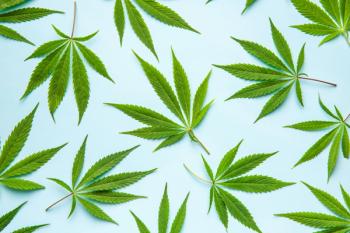
|Slideshows|June 11, 2019
Polysubstance Use Has Many Consequences
Author(s)Leo Robert
Cocaine, psychostimulant, and opioid deaths continue to climb, and polysubstance opioid overdose deaths outnumber opioid-only deaths-these and other reports headline the latest developments.
Advertisement
Newsletter
Receive trusted psychiatric news, expert analysis, and clinical insights — subscribe today to support your practice and your patients.
Advertisement
Latest CME
Advertisement
Advertisement

















